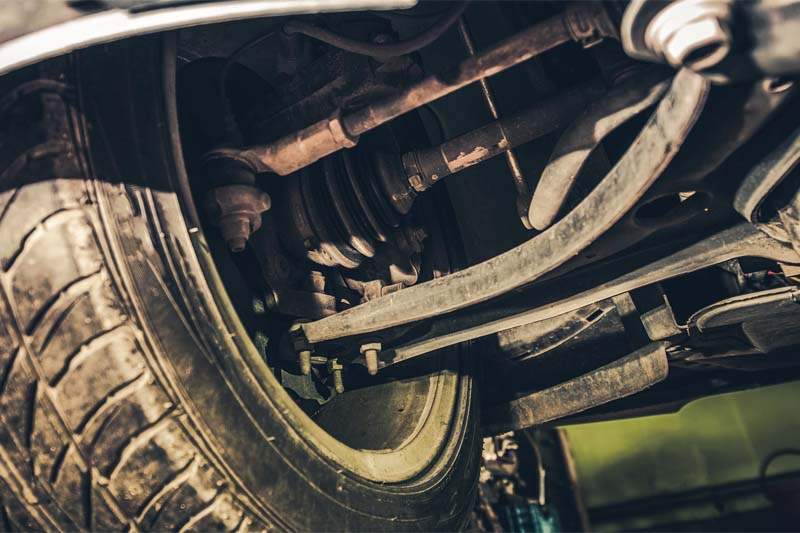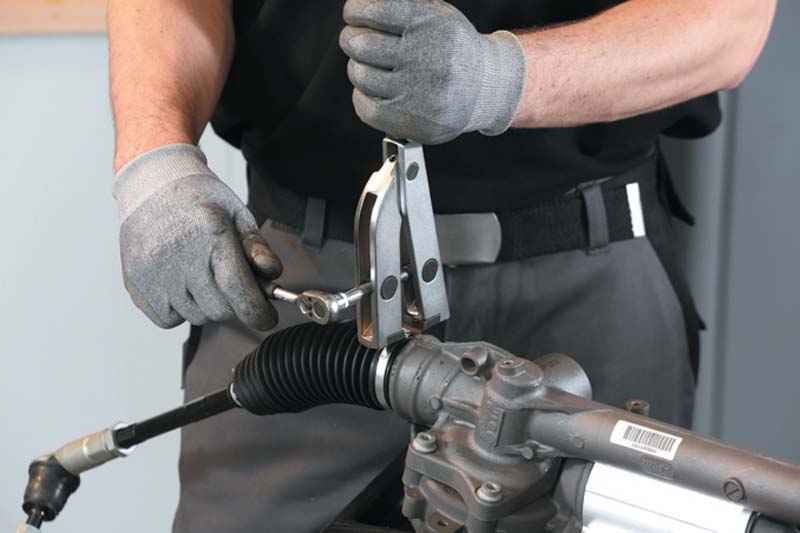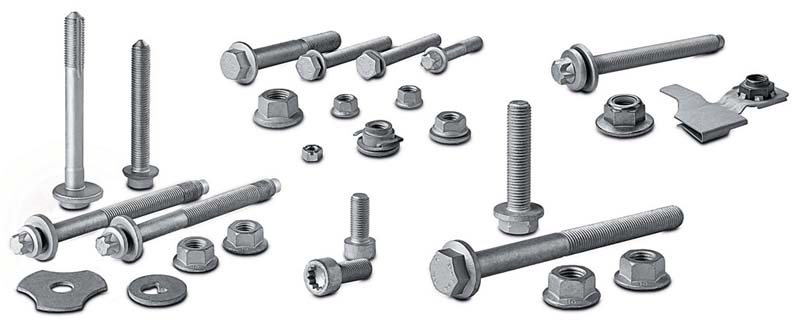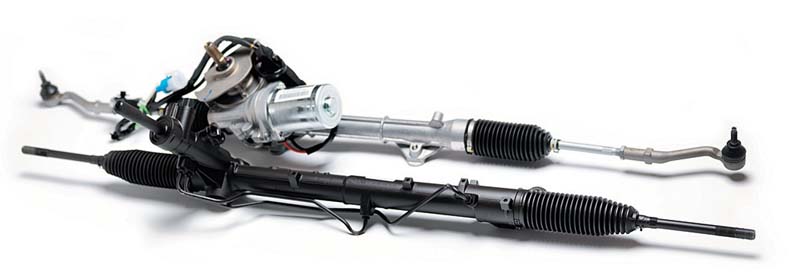
Richard Adgey, ZF Aftermarket’s Head of Product Management, discusses the role that motor factors can play in upholding quality standards and promoting best practice in the aftermarket.
Up to 70 steering and chassis components may be installed in a typical passenger car, each fulfilling a vital role in retaining and guiding the wheels. As they effectively connect the vehicle to the road, these parts are critical to safety and driving comfort. Precise design, manufacture, quality control and assembly of all components is an absolute necessity, and for this reason, original equipment (OE) spare parts are recommended when replacements are needed due to wear or damage.
ZF Aftermarket claims to be ideally placed to support the independent aftermarket in this respect. It is focusing on introducing steering and chassis parts to satisfy the maintenance needs of the latest electric and hybrid vehicles.
The motor factor as a workshop mentor
Motor factors can play a vital role in upholding quality standards and promoting best practice in the automotive aftermarket. When a workshop orders replacement steering components, it’s sensible for the parts adviser to suggest attached or complementary items that may also be needed. In ZF Aftermarket’s experience, rubber-to-metal components are at particular risk of being overlooked; while they’re not all considered to be conventional wear parts, they perform complex tasks under high dynamic loads, and may show obvious signs of fatigue when inspected closely. A worn part here can reduce the life of other newly-replaced components by allowing them to operate outside of their design parameters.

Correct tooling
Certain replacement operations require specialist tools, and once again, factors can help to ensure that the workshop is suitably equipped and isn’t using makeshift alternatives. For example, correct press tools are needed, instead of a vice and sockets to remove and replace control arm bushes, and appropriate tensioning and crimping tools are recommended to secure steering boot clamps.
Boots and gaiters
Steering boots and gaiters ensure that no moisture or particulate contaminants enter the steering gear or tie rod ball joints. The smallest crack can allow damp, dirt and winter road salts into the moving parts of the steering gear and cause corrosion.
In a hydraulic steering system, corrosion on the steering rack will tear its seals, causing fluid loss and a potential failure of steering assistance. In an electrically driven steering system, the sensitive inner electrical and mechanical components can be compromised, leading to noise, sluggish response and other malfunctions.

If replacement of a steering boot is necessary, workshops must be reminded to pay particular attention to the quality of seal achieved, to use OE quality parts, of the correct tools to fasten the clamps, and to apply silicone grease to enhance sealing where recommended by the manufacturer.
Steering racks, pumps and column drives
With TRW steering racks, pumps and column drives fitted to a third of European vehicles, ZF claims to offer a broad portfolio to the aftermarket, along with the necessary technical information to ease installation.
TRW’s electro-hydraulic power steering system is said to combine the advantages of electronically controlled, demand-based steering with robust hydraulic actuation. The compact motor/pump unit can be easily replaced if a fault develops; however, to avoid unnecessary returns, factors should forewarn their customers that if an early pump is to be replaced with a later version, the electrical connectors may differ. If the electrical socket on the new pump does not match the plug on the vehicle wiring loom, the wiring jumper provided by TRW with the pump must be installed.

Service Packs enable fast, efficient steering repairs
VMs recommend that nuts and bolts loosened when installing spare parts should not be reused. A vehicle-specific Lemförder Service Pack contains new fasteners for the main component being replaced and also for peripheral components that must be disturbed, simplifying steering and chassis repairs.
The future market for steering components
Although the UK government currently plans to phase out the sale of new fossilfuelled cars within an ambitious timeframe, this shouldn’t diminish the market for steering and chassis components. Indeed, the product quality required of suppliers may well become more demanding; quieter electric vehicles will inevitably show up non-OE mounts and bushes exhibiting poor noise insulating characteristics.

“As the number of hybrid and electric vehicles needing maintenance and repair in the aftermarket increases, motor factors will need access to OE quality steering and chassis components to satisfy workshop demand,” said Richard Adgey, Head of Product Management, ZF Aftermarket. “With ZF’s reputation for quality and innovation embodied in its Lemförder and TRW brands, these OE replacement parts can be depended upon to provide balanced steering behaviour and driving stability, as well as improving passenger comfort by preventing noise being transferred to the vehicle interior.”






![The [M]enable mental health movement explained](https://pmfmag.co.uk/wp-content/uploads/2024/03/Menable-mental-health-165x109.jpg)
